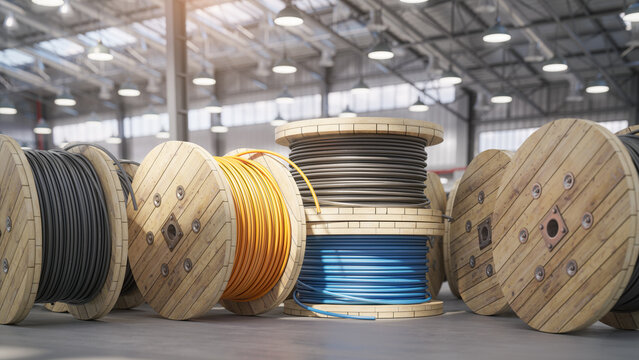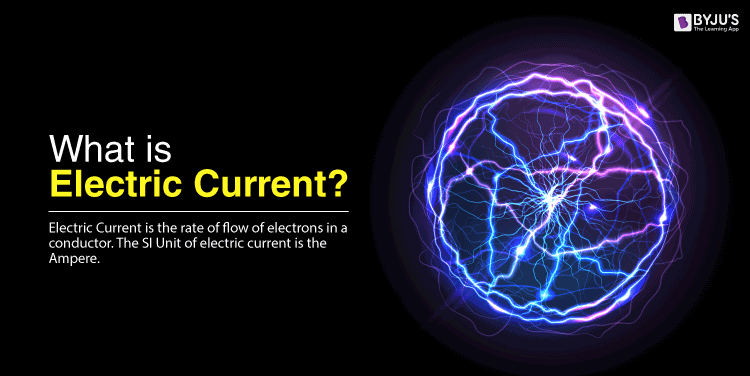Seven Ridiculously Simple Ways To Improve Your What Is Electric Cable
페이지 정보
작성자 Winona 댓글 0건 조회 2회 작성일 25-08-19 09:32본문
 Another kind of electric energy cable is put in in underground ducts and is extensively used in cities the place lack of house or issues of safety preclude the use of overhead strains. The most typical sort of electric power cable is that which is suspended overhead between poles or steel towers. The quantity and sort of protective layers surrounding the core depends upon the use for which the cable is intended. These aerial cables consist of a variety of wires, usually of copper or aluminum, twisted (stranded) collectively in concentric layers. Such cables often encompass a core embedded in a series of protecting layers. Generally, the core is covered with a layer of copper to enhance conduction over lengthy distances, adopted by a cloth (e.g., aluminum foil) to block the passage of water into the fibres. The cable core comprises a single stable or stranded central power factor that's surrounded by optical fibres; these are both arranged loosely in a inflexible core tube or packed tightly into a cushioned, versatile outer jacket.
Another kind of electric energy cable is put in in underground ducts and is extensively used in cities the place lack of house or issues of safety preclude the use of overhead strains. The most typical sort of electric power cable is that which is suspended overhead between poles or steel towers. The quantity and sort of protective layers surrounding the core depends upon the use for which the cable is intended. These aerial cables consist of a variety of wires, usually of copper or aluminum, twisted (stranded) collectively in concentric layers. Such cables often encompass a core embedded in a series of protecting layers. Generally, the core is covered with a layer of copper to enhance conduction over lengthy distances, adopted by a cloth (e.g., aluminum foil) to block the passage of water into the fibres. The cable core comprises a single stable or stranded central power factor that's surrounded by optical fibres; these are both arranged loosely in a inflexible core tube or packed tightly into a cushioned, versatile outer jacket.
 The insulation of a phone cable is composed of dry cellulose (within the form of paper tape wrapped across the conductor or paper pulp applied to the conductor) or of polyethylene. The construction of lengthy submarine cables for both telephone or telegraph service is considerably different from that mentioned previously. A energy cable normally has not greater than three conductors, every of which could also be 1 inch (2.5 cm) or more in diameter; a telephone cable could have several thousand conductors, the diameter of every being lower than 0.05 inch (0.125 cm). Aerial and underground power cables compose a serious portion of the electrical circuit from the generator to the purpose of utilization of the electric energy. Unlike an aerial cable, a buried cable invariably uses commercially pure copper or aluminum (mechanical power isn't a problem underground), what is electric cable and the stranded conductor is regularly rolled to maximise its compactness and electrical conductance. In a fibre-optic cable, mild alerts are transmitted by skinny fibres of plastic or glass from light-emitting diodes or semiconductor lasers via inner reflection. Lens: 130mm, f/8.8, 3-component glass. Lens: 135mm, f/11, 3-aspect glass.
The insulation of a phone cable is composed of dry cellulose (within the form of paper tape wrapped across the conductor or paper pulp applied to the conductor) or of polyethylene. The construction of lengthy submarine cables for both telephone or telegraph service is considerably different from that mentioned previously. A energy cable normally has not greater than three conductors, every of which could also be 1 inch (2.5 cm) or more in diameter; a telephone cable could have several thousand conductors, the diameter of every being lower than 0.05 inch (0.125 cm). Aerial and underground power cables compose a serious portion of the electrical circuit from the generator to the purpose of utilization of the electric energy. Unlike an aerial cable, a buried cable invariably uses commercially pure copper or aluminum (mechanical power isn't a problem underground), what is electric cable and the stranded conductor is regularly rolled to maximise its compactness and electrical conductance. In a fibre-optic cable, mild alerts are transmitted by skinny fibres of plastic or glass from light-emitting diodes or semiconductor lasers via inner reflection. Lens: 130mm, f/8.8, 3-component glass. Lens: 135mm, f/11, 3-aspect glass.
With fibre-optic cables, manufactured from versatile fibres of glass and plastic, electrical alerts are transformed to mild pulses for the transmission of audio, video, and pc data. Some great benefits of fibre-optic cables over typical coaxial cables include low material price, excessive transmission capability, low signal attenuation, data safety, chemical stability, and immunity from electromagnetic interference. Take into account that numbers are topic to change as new knowledge is collected. Steel wire or strands are added for tensile power, and the whole cable is then wrapped in a polyethylene sheath, or jacket, for stability. Copper or aluminum is chosen for top electrical conductivity, while stranding provides the cable flexibility. Because aerial cables are incessantly subjected to severe environmental stresses, alloys of copper or aluminum are sometimes used to extend the mechanical power of the cable, though at some detriment to its electrical conductivity. A coaxial cable, which first gained widespread use throughout World War II, is a two-conductor cable in which one of many conductors takes the type of a tube whereas the other (smaller but also circular in cross section) is supported, with a minimum of strong insulation, at the centre of the tube.
Usually the previous refers to a single, stable metallic conductor, with or with out insulation, while the latter refers to a stranded conductor or to an meeting of insulated conductors. They often include an aluminum or lead-alloy tube or of a mix of metallic strips and thermoplastic supplies. How Does Private Search Work? Private search meets non-public browsing. One fascinating thing I have noticed is that the number (and selection) of patents recognized inside the back of the digicam modified several instances during the production life of this digicam. Search for the assorted patent numbers listed contained in the digicam. Note 1: Earlier examples of this digital camera was made for Polaroid by Samson United of Rochester, with the lens made by Wollensak (?) (Later models have our bodies and lenses made by Polaroid themselves-- this was a stopgap resolution till Polaroid may arrange their very own manufacturing line). Note 2: Unlike later Polaroid rollfilm digital camera models, the 95 has a pair of clips in the film chamber to hold the "negative" roll in place. Note 3: I ponder if the steel end (and maybe the overlaying adhesive) used on this digicam could also be different from the later rollfilm fashions, as Model ninety five cameras seem to be significantly extra likely than other Polaroid rollfilm cameras to exhibit pitting or corrosion of uncovered steel components and/or bubbled or lacking masking pieces.
댓글목록
등록된 댓글이 없습니다.